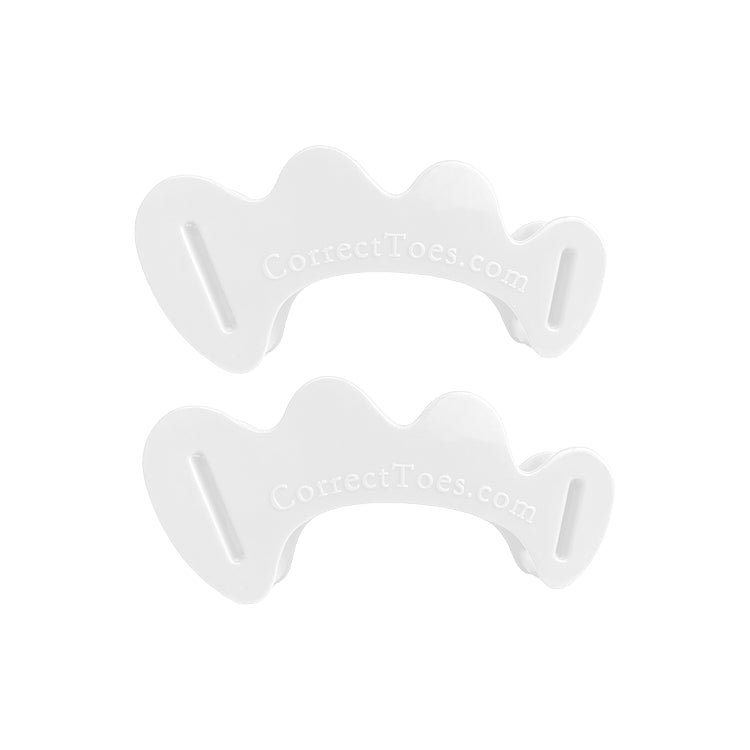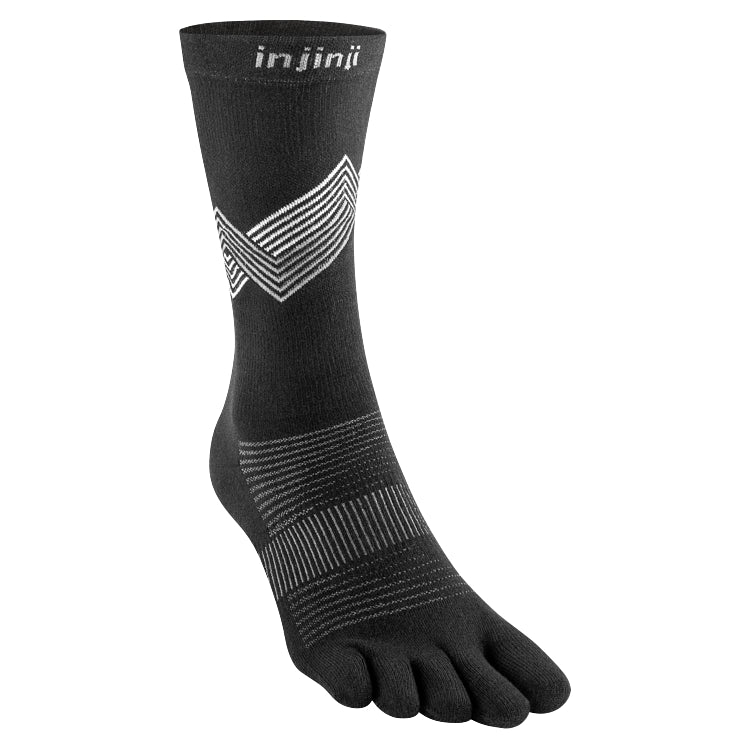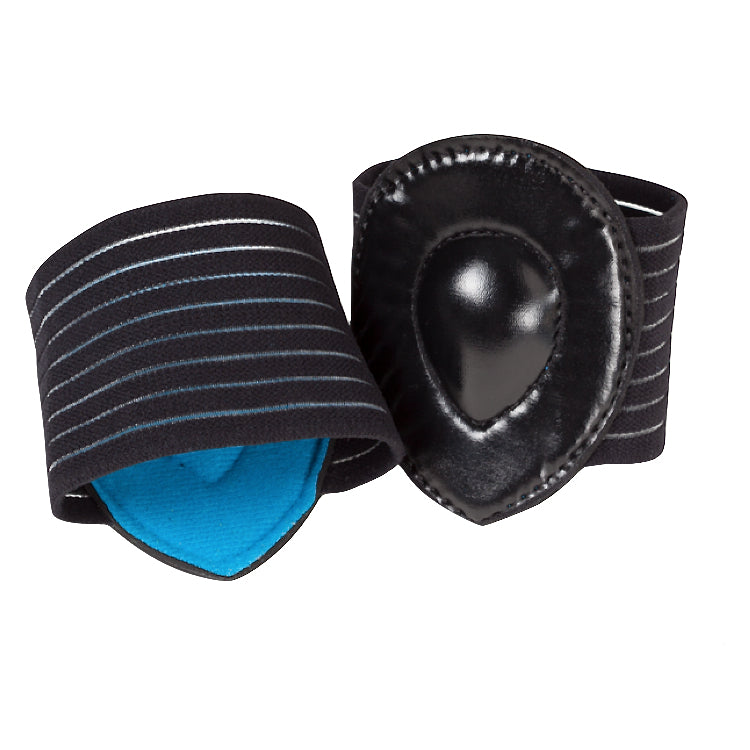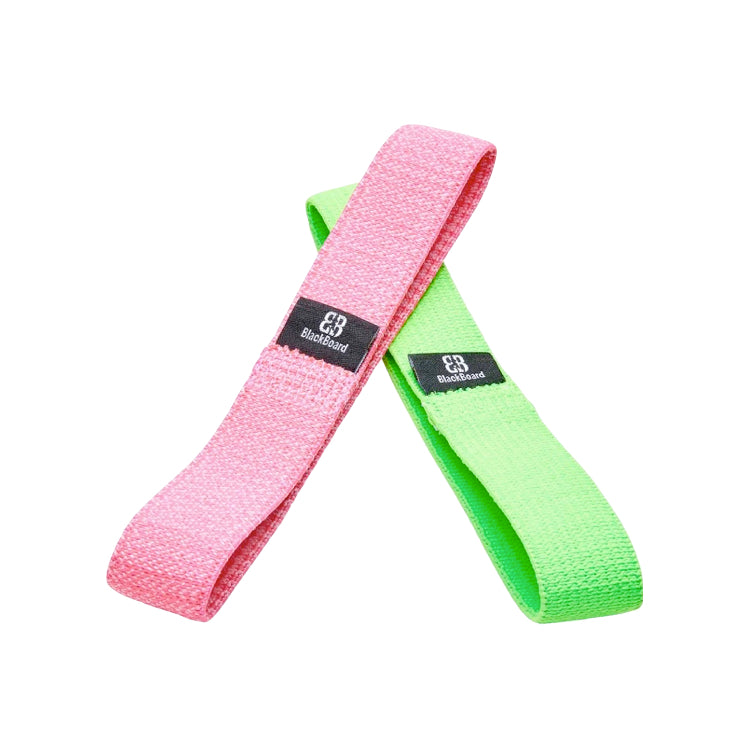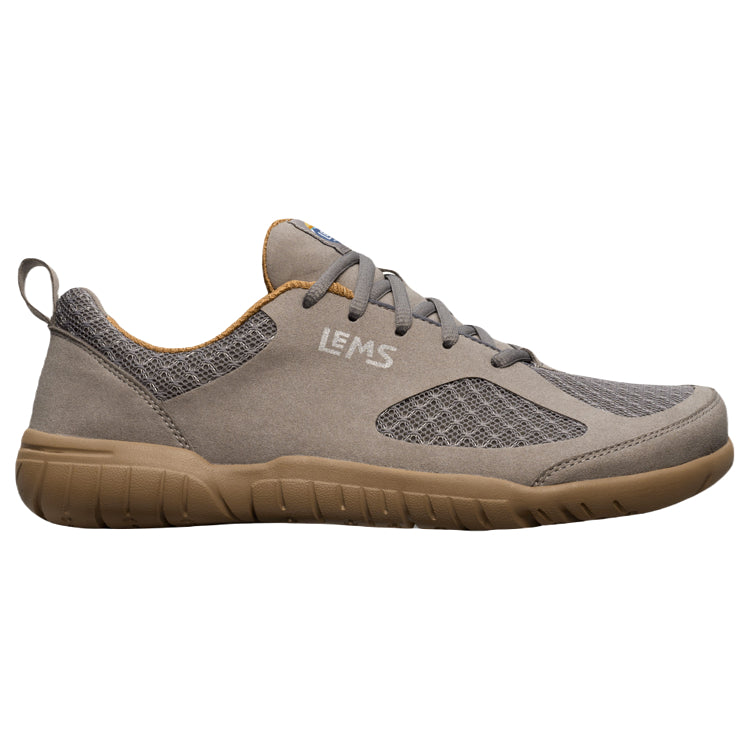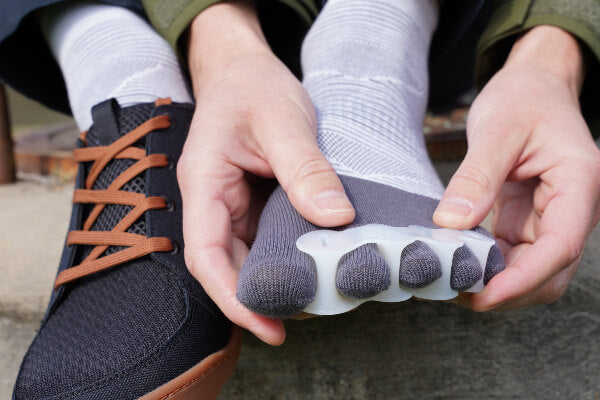
While every case is unique and some individuals may have more advanced joint degeneration than others, we firmly believe that hallux limitus can often be significantly improved—and in some cases, substantially reversed—through natural, non-invasive means. At Natural Footgear, we've seen firsthand how powerful it can be when someone takes a proactive, holistic approach to foot health, especially when they catch the condition early or are willing to commit to consistent care. Natural methods may not “cure” hallux limitus in the conventional sense, especially when there is significant joint damage, but they can dramatically reduce pain, restore mobility, and improve overall foot function—often without the need for injections, orthotics, or surgery.
Our approach begins with understanding the root causes of this problem. In many cases, hallux limitus doesn’t develop out of nowhere—it’s the result of years (or decades) of wearing conventional footwear that restricts toe splay, elevates the heel, and forces your big toe into a bunion-like position. This unnatural positioning contributes to joint compression, soft tissue restriction, and altered gait mechanics. By removing the daily aggravating factors—primarily footwear that distorts foot shape and function—and replacing these shoes, boots, or sandals with foot-healthy alternatives for men or women, you create an environment that allows your toe joint to function more naturally and efficiently.
Footwear is just one part of the picture, though. Tools like Correct Toes toe spacers, Injinji toe socks, and BlackBoard ToeBands, which help realign your toes and restore their natural position, can be incredibly helpful in offloading the first metatarsophalangeal joint (MPJ) and improving both passive and active range of motion. When combined with targeted exercises that promote joint mobility, tissue elasticity, and intrinsic foot strength, many people notice increased comfort, improved toe motion, and a reduction in inflammation and stiffness. These benefits often translate into better movement patterns, improved balance, and greater overall comfort during daily activities.
We also emphasize the importance of patience and consistency. Improvements through natural methods tend to be gradual, and it’s not unusual for the healing process to involve both progress and plateaus. But we’ve seen countless stories—through our customers, clinical experience, and community—of individuals who’ve taken this path and come out the other side with vastly improved foot health. Even in cases where full reversal isn’t possible, the benefits in terms of pain reduction, joint function, and quality of life can be profound.
Ultimately, we see hallux limitus not as a sentence but as a signal—a sign that your foot needs to recover its natural rights: Space, flexibility, and freedom of movement. While the conventional route often offers short-term symptom management, the natural path focuses on long-term function, structural integrity, and self-empowerment. It’s not a quick fix—but for those willing to put in the time, it can be a life-changing journey toward stronger, more resilient feet. Thank you for reaching out to us with your question; we're here if you have any additional thoughts, questions, or comments to pass along!

WANT TO IMPROVE YOUR FOOT HEALTH?
Let the team at Natural Footgear help you! Subscribe to our newsletter for the latest offers and helpful info, and sign up for our FREE email courses on various topics and foot health conditions.
Sign Up →
Want to Improve Your Foot Health?
We are here to help you every step of the way. Get our newsletter for the latest offers and helpful info, and sign up for our FREE email courses on various topics and conditions, including bunions, hammertoes, neuromas, plantar fasciosis, shin splints, ingrown toenails, and more.
Sign Up →
 The big toe plays a far more significant role in athletic performance than most people realize. Often overlooked in conventional training programs, this powerful digit is crucial for balance, propulsion, and overall movement efficiency. Whether sprinting, cutting, jumping, or stabilizing, a strong and mobile big toe provides the foundation for optimal biomechanics. Unfortunately, restrictive footwear and poor movement habits often limit big toe function, leading to diminished athletic potential and...
Read more
The big toe plays a far more significant role in athletic performance than most people realize. Often overlooked in conventional training programs, this powerful digit is crucial for balance, propulsion, and overall movement efficiency. Whether sprinting, cutting, jumping, or stabilizing, a strong and mobile big toe provides the foundation for optimal biomechanics. Unfortunately, restrictive footwear and poor movement habits often limit big toe function, leading to diminished athletic potential and...
Read more



